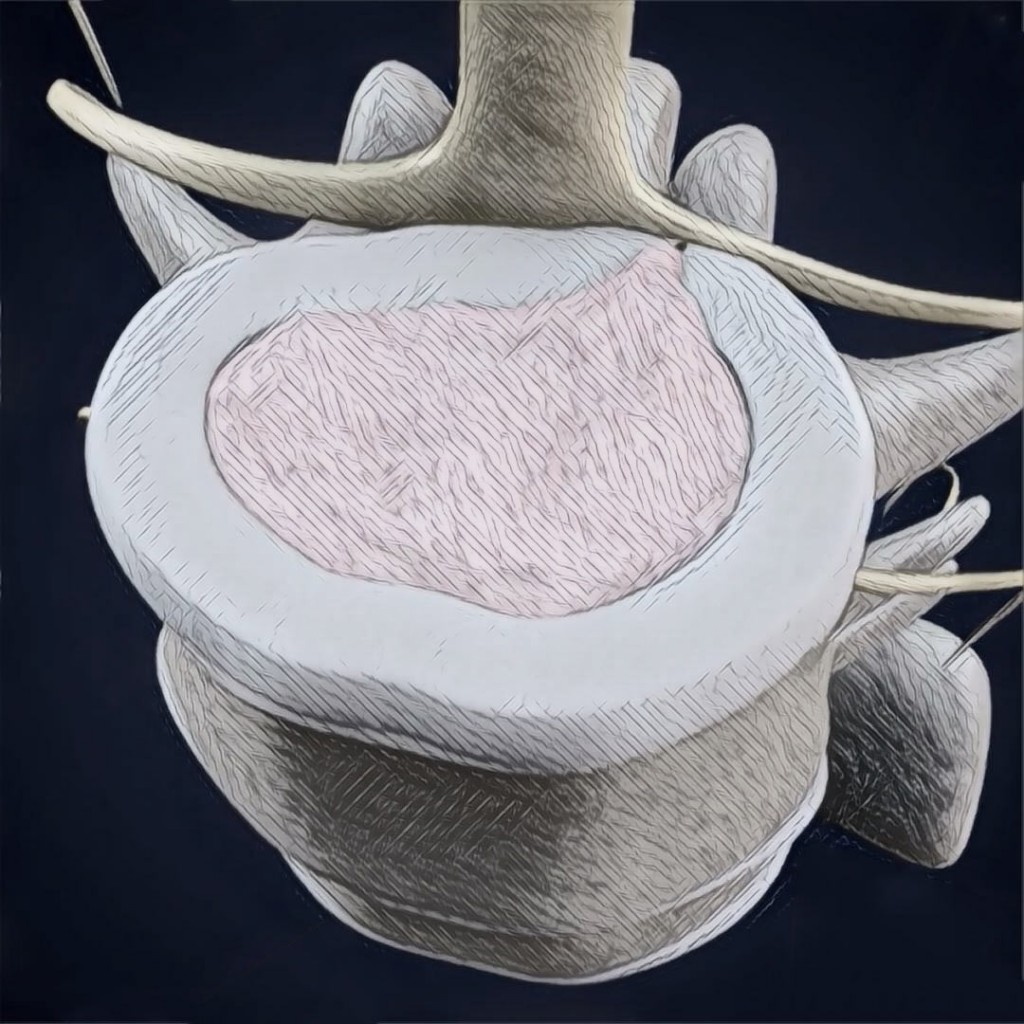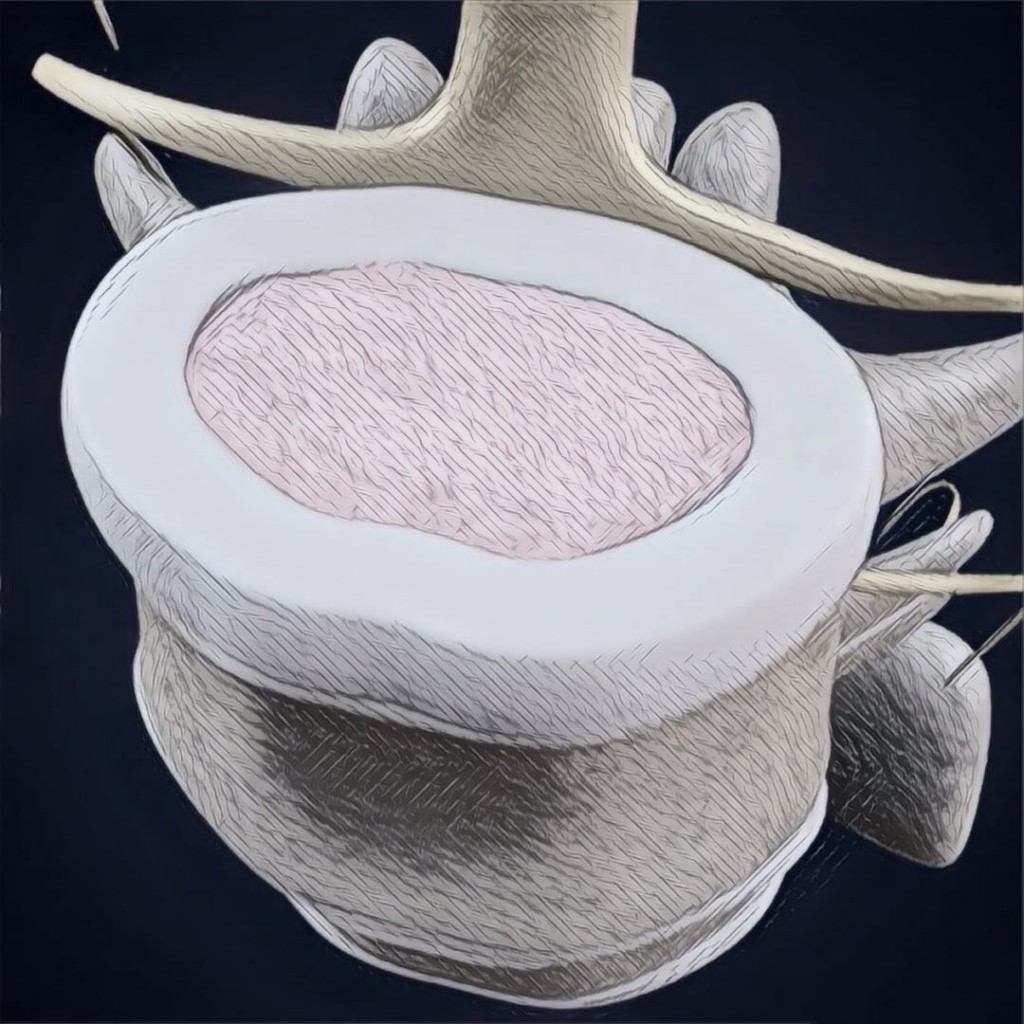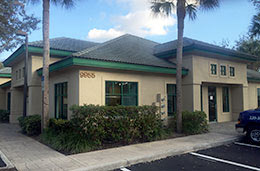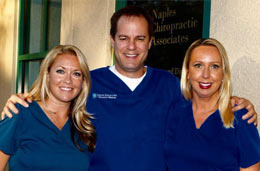Is chronic back or neck pain altering your life?
We offer non-invasive, Non Surgical Spinal Decompression in Naples, FL
as an effective solution that not only relieves symptoms, but
repairs damage and corrects the underlying problem.
Non-Surgical Spinal Decompression (NSSD) is the only FDA-cleared treatment regimen that takes a comprehensive approach to eliminating back and neck pain.
It has been proven effective in relieving the pain associated with the following conditions:
Herniated Discs
- Bulging Discs
- Degenerative Disc
- Posterior Facet Syndrome
- Pinched Nerves
- Sciatica
- Spinal Stenosis
- Relapsed/Failed Back Surgery

How Non Surgical Spinal Decompression Works
Your spinal discs are enclosed by a tough outer wall made up of layers of elastic tissues. These strong tissues protect the inner gel-like material of your discs.
Discs have the ability to bounce because the inner core is under internal pressure. However, this compression may also be responsible for disc injuries, such as tears, herniations, or ruptures.
A Formula for Relief
With the aid of our state-of-the-art Spinal Decompression table, we are able to gently stretch and release compression in the spine, creating a negative pressure within the disc.
Over time, this vacuum effect draws herniated disc material back into the disc.

When Negative is Positive
By reversing the effects of axial load or compression in the spine, increased circulation occurs which contributes to the healing process.
Necessary fluids and nutrients rehydrate the disc.
The Results
Significant improvement is obtained by the end of treatment.
It has proven effective in relieving 89% of pain.
The Effect of Body Positions on Disc Pressure
Everyday Pressure
Depending on whether you are standing or sitting, everyday pressure inside the lumbar discs typically ranges between:
100-300 mm hg
Spinal Decompression
Researchers placed a pressure-sensor in a disc while undergoing decompression and found that the disc pressure dropped to:
-150 mm hg

Spinal Decompression Illustrated
FIG 1
Symptoms of a herniated disc can vary depending on the location of the herniation and the type of soft tissue involved. In many cases, severe and unrelenting pain will radiate into the region served by a nerve root that’s irritated or impinged by the herniated material.
FIG 2
Spinal Decompression gently pulls the vertebral joints apart.
This process reduces pressure inside the disc, causing herniated material to slowly recede away from the effected nerve root and back into the disc.
FIG 3
Throughout the Spinal Decompression process, the negative pressure rehydrates the disc by drawing in necessary fluids and nutrients, contributing to the restorative process.
FIG 4
Although results can vary, most patients report a reduction in pain after the first few sessions.
Typically, significant improvement is obtained by the second week of treatment.
The process of spinal decompression has been proven to relieve pain by:
Enlarging the space that is between discs
Reducing herniations
Strengthening outer ligaments to help move herniated material back into place
Reversing the high intra-discal pressures through the application of negative pressure
IMPORTANCE OF HEALTHY SPINAL DISCS
Spinal discs, also called intervertebral discs, are gel-like material in between the vertebrae. Your discs act as shock absorbers and reduce friction. They also unite your vertebrae, keeping them in place and assisting in movement.
Discs are high in water content. When your discs lose their water content, they will be brittle and won’t be able to function properly.
Additionally, discs degenerate as we age. They slowly lose elasticity and become fragile. That’s why, it is important to take care of your spine early on to prevent back conditions like herniated disc and slipped disc.
CAUSES OF DISC DISTRESS & BACK PAIN
Low back pain can be caused by a number of factors from injuries to the effects of aging.
Disc Degeneration is a process where wear and tear causes deterioration of the disc.
Herniations, or bulging discs, are protrusions from the disc that press on surrounding nerves, causing pain or numbness.
Repetition of movements
Maintaining a position for a prolonged period of time
Injury
Discs are the #1 source of back pain
Many specialists believe 75% – 80% of back and neck pain comes from your discs.
Our Program
Florida Spine and Disc of Naples, FL, has developed an effective spinal rehabilitation program for conditions of the low back and neck, with focus on chronic and severe cases.
The program consists of non-surgical Spinal Decompression therapy which concentrates on decompressing the discs to reverse high amounts of pressure built up within the discs. This negative pressure retracts the bulged or herniated disc back inside its proper place, allowing pressure relief on the compressed nerves.
Ancillary care is available in the form of home care, nutrition, E-stim, orthotics, physiotherapy, and spinal manipulation.
The Results
As a result, pain is decreased and proper healing begins to occur because the flow of oxygen and nutrients are stimulated into the damaged disc.
Many of our patients have successfully won their battle against low back pain (herniated, bulged, slipped discs) and neck pain through the help of non-surgical Spinal Decompression Therapy. After treatment, they were able to return to the lives they’d enjoyed before their debilitating pain. We want you to succeed as well…
Join us in your path to recovery.
I was diagnosed with a Lumbar Disc Herniation after a weight lifting injury….On a scale of 1 to 10, the pain was a 7. I tried Chiropractic care, pain meds, exercise and an inversion table. Seriously, nothing helped. I decided to take matters in my own hands, and found Spinal Decompression online… My recovery process has been both fast and enjoyable. As a result of my treatment, I now enjoy daily exercise, time with family and can finally sleep soundly at night!
When I started this program, I had burning, stabbing, sciatica pain down my right leg and numbness and tingling in my foot. Doctors told me my Sciatica was caused by Degenerative Disc Disease. I tried chiropractic and physical therapy with only minimal relief. Sometimes the physical therapy actually made it worse. After beginning the spinal decompression treatments the pain is now gone. My back was always sore and stiff. Now it feels much, much better. Overall, this program worked wonders for me and I hope it will for everybody.
I have had physical therapy, epidurals and cortisone shots for neck and shoulder pain in the past, but the pain always came back, along with daily headaches. X-rays showed that I had Degenerative Disc Disorder, bulging discs and stenosis in my neck…. After just a few Spinal decompression treatments, I felt much better. After 17 sessions, I feel like a new person!
FAQ’s
Prior to treatment, a harness will be placed on your neck or low back. On our computer-controlled table, your position could either be flat on your stomach or on your back.
Your chiropractor will then operate the computer, adjusting the parameters according to your individual needs. During the procedure, it is expected that you will feel that your spine is slowly lengthening.
Begin every day for two weeks, then 3 times a week (or every other day) for two weeks
-or-
Begin 3 times per week (or every other day) for six weeks
Approximately 20 sessions over four to six weeks.
This is not the case for all patients as every one has their own individual needs that need to be addressed.
About 20% of our patients have said that they started noticing pain improvement during the first week. 40% said they experienced relief on the second and third week, while 20% had significant improvement between 4-6 weeks.








